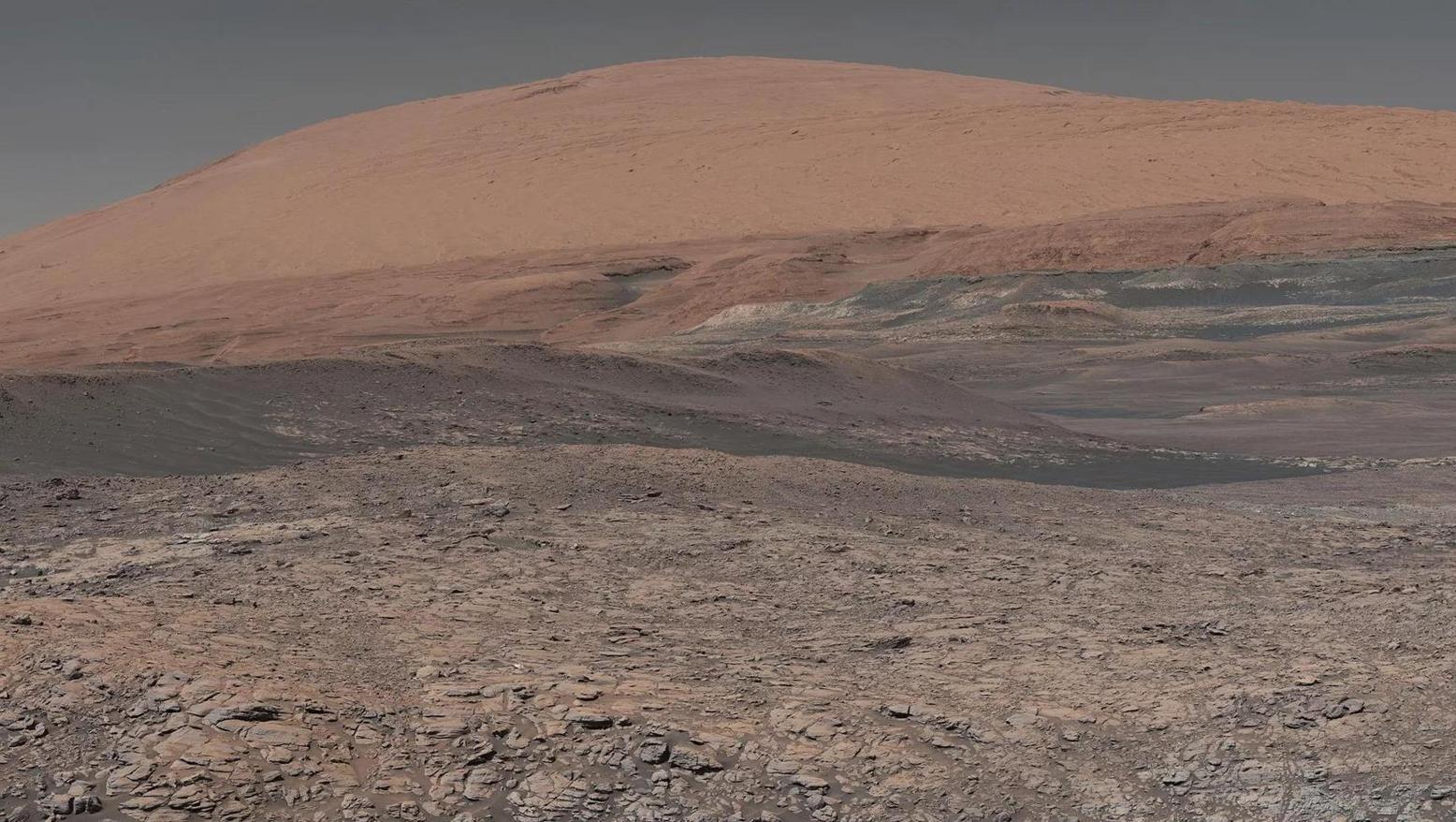Africa-Press – Lesotho. Mars has long been purported to have stored water in its depths, spawning a heated debate about life that possibly existed there. Now, it has become clear how and at what rate the basic life-supporting element could have vanished from there.
Water leaked from Mars’ atmosphere as a result of changing seasons and notorious Martian storms, Russian and French scientists have come to believe in two new studies.
The research conducted by Anna Fedorova, a researcher at the Space Research Institute of the Russian Academy of Sciences and Jean-Yves Chaufray, a scientist at France’s Laboratoire Atmospheres Observations Spatiales, is based on data from the European Space Agency’s ExoMars SPICAM (Spectroscopy for the Investigation of the Characteristics of the Atmosphere of Mars) instrument that looks into the Red Planet’s atmosphere.
Water incidentally exists on Mars, but either in ice caps at the planet’s poles or in the form of gas in the planet’s thin atmosphere, from where it has been escaping for billions of years, ever since the planet, the fourth from the Sun, lost its magnetic field.
“The atmosphere is the link between surface and space, and so has much to tell us about how Mars has lost its water”, Fedorova said in an ESA statement, specifying that their research team pored over the water vapour in the atmosphere from the ground to 100 kilometres upwards, a region that the research focused on over eight Martian years.
The researchers found that when the planet is farthest from the Sun, with the distance approximating 400 million km away from the star, the water vapour around the Red Planet lingers less than 60 km from the planet’s surface.
Yet, a closer distance to the Sun – of about 333 million kilometres enables the existing water cache to reach as far as 90 km above the surface, thereby circulating farther than when Mars occupies its farthest point from the Sun.
“The upper atmosphere becomes moistened and saturated with water, explaining why water escape rates speed up during this season — water is carried higher, aiding its escape to space”, Fedorova added.
It’s not just seasons and altitude that dictate how much of Mars’ water freezes or gets into space, as dust storms also have a role to play in this. The two studies also found that in the years that saw Mars suffer from exceptionally strong dust storms, water went higher up into the Red Planet’s atmospheric layers. At the time, the water vapour enveloping Mars was mapped at over 80 km from the planet’s surface.
“This confirms that dust storms, which are known to warm and disrupt Mars’ atmosphere, also deliver water to high altitudes”, Fedorova said, adding they had to draw comparisons to arrive at their findings, published on 11 December 2020 in the Journal of Geophysical Research: Planets and 1 January in the journal Icarus.
“Thanks to Mars Express’ continuous monitoring, we were able to analyse the last two global dust storms, in 2007 and 2018, and compare what we found to storm-free years to identify how the storms affected water escape from Mars”, the researcher remarked.
Despite the breakthrough conclusions, the studies don’t completely explain the huge amount of water that Mars is purported to have lost over the past 4 billion years:
“A significant amount must have once existed on the planet to explain the water-created features we see”, Chaufray said.
“As it hasn’t all been lost to space, our results suggest that either this water has moved underground, or that water escape rates were far higher in the past”, he added.
For More News And Analysis About Lesotho Follow Africa-Press






